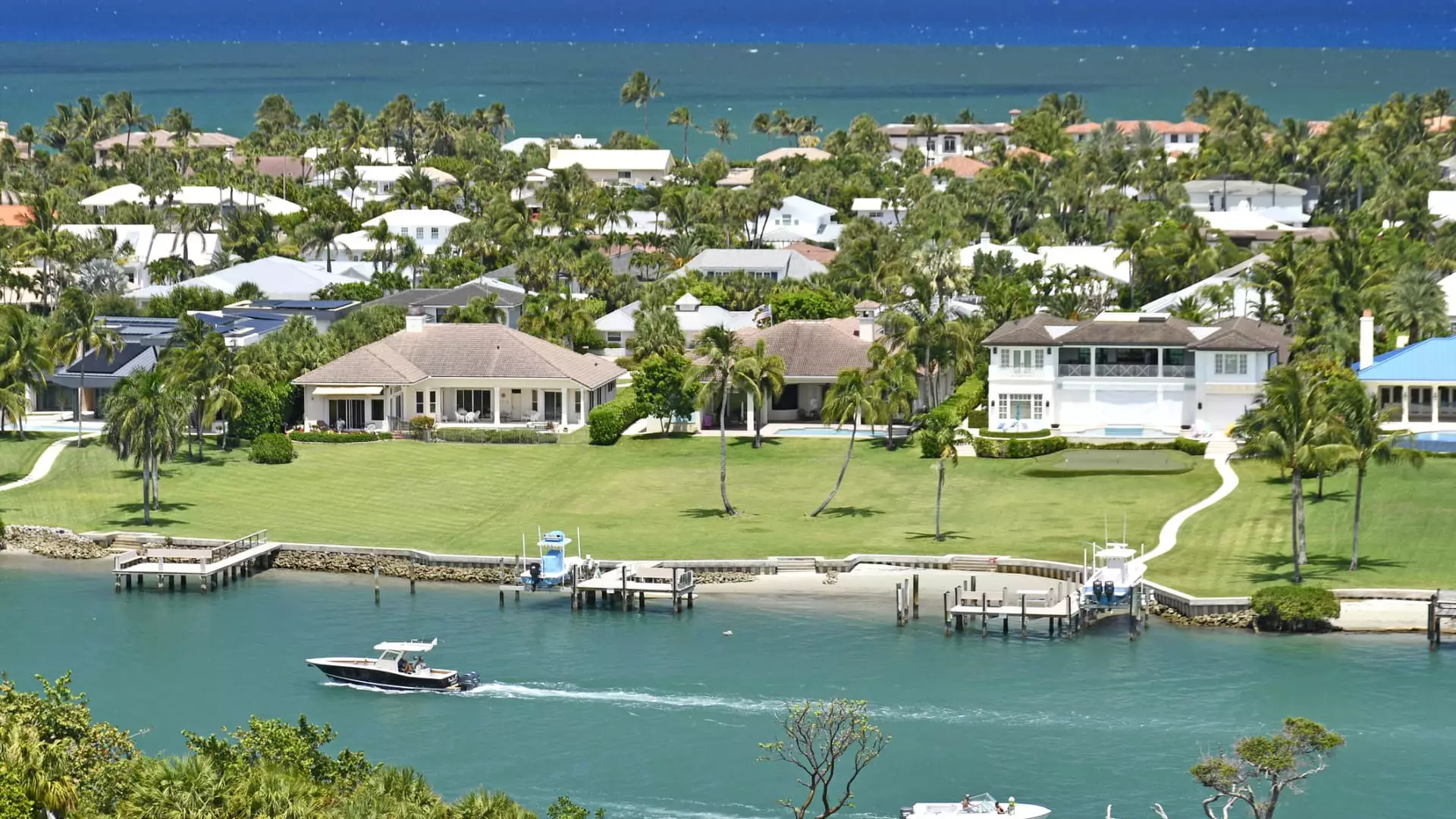The luxury real estate market is displaying a striking bifurcation in 2025, a phenomenon that demands serious scrutiny. On one side, ultra-wealthy buyers—those with net worths north of $30 million—are charging ahead, largely unfazed by economic uncertainties like trade wars, inflationary pressures, and volatile stock markets. On the other hand, buyers with considerable but comparatively moderate wealth are behaving with caution, often deterred by soaring interest rates and general economic jitteriness.
This division reveals a broader truth about wealth and economic resilience. Those with vast fortunes wield enough capital to sidestep traditional financing, opting for all-cash purchases that grant speed and leverage. Meanwhile, those without that buffer find themselves hemmed in by higher borrowing costs and market unpredictability. This polarization exposes how rising financial barriers exacerbate inequality—even within high-value markets like luxury housing.
Cash is King: The Unavoidable Edge of Ultra-Wealth
One of the most telling trends is the surge in all-cash transactions, predominantly by the ultra-rich. Nearly half the surveyed brokers in Coldwell Banker’s report noted a steady or growing number of cash purchases in early 2025, while only a minuscule fraction saw declines. This trend isn’t nostalgic bravado; it is a strategic response to an interest rate environment that has pushed borrowing costs to discouraging heights.
Paying cash isn’t just convenience—it’s power. Cash buyers circumvent lengthy bank approvals, sidestep interest burdens, and secure an upper hand in negotiations. In a world where every advantage counts, having the liquidity to buy outright means these buyers are insulated from economic headwinds that might stall other investors.
But this has an unfortunate side effect: luxury homes increasingly become a playground for the ultra-wealthy, reinforcing exclusivity and limiting access for even the affluent middle tier. It sharpens the divide between different wealth classes, illustrated by the fact that those without enough capital to pay cash are forced to “shop” differently, often with more caution and fewer options.
Luxury Real Estate as a Hard Asset Hedge
The allure of real estate as a hedge against both inflation and stock market volatility remains potent for wealthy investors. A reported two-thirds of luxury agents claim clients are preserving or even increasing their exposure to real estate, rejecting the uncertainty of equities and other more liquid assets. This confirms a deeply ingrained belief among the financial elite: real estate is tangible, less volatile, and offers a physical refuge for wealth amid economic storms.
However, this confidence borders on complacency. The May 2025 dip in luxury home sales—especially for attached properties plummeting 21% year over year—exposes the fragility beneath the shiny surface. On the ground, we’re seeing sellers lower list prices and buyers becoming more discerning. The market teeters between buoyancy and correction, revealing that even luxury real estate isn’t immune to broader economic pressures.
The Changing Demands in Luxury Homes: Superficial or Strategic?
Another revealing aspect lies in evolving luxury buyer preferences. No longer satisfied with mere opulence, purchasers—particularly first-time luxury buyers—demand smart home appliances, spa-level amenities, and seamless indoor-outdoor living spaces. These are not empty status symbols but practical desires that reflect lifestyle shifts. The pandemic, environmental awareness, and technological integration have conditioned buyers to seek homes that combine comfort, efficiency, and connectivity.
This shift can be read in two ways. On one hand, it marks an elevated appreciation for quality and experience over flashy extravagance. On the other, it intensifies the exclusivity barrier, as these “extras” add costs and complexity that make luxury properties accessible only to those who can invest significant sums in upkeep and lifestyle.
Broader Implications: A Market Reflecting Economic Inequality
The luxury real estate market in 2025 acts as a microcosm of broader wealth disparities and economic divides in contemporary society. The ultra-wealthy continue to accumulate advantages, deploying cash to secure and expand assets. Meanwhile, even the merely wealthy are forced into conservative behaviors that limit their ability to compete or innovate.
From a center-liberal perspective, this bifurcation is troubling because it signals a deepening polarization within economic elites—one that’s hidden behind the glamor of luxury homes but no less real. If economic policies fail to address the growing cost and exclusivity of hard assets, wealth concentration will intensify, reducing social mobility and consumer confidence even among the “haves.”
This is not to demonize luxury real estate as an asset class—indeed, it serves legitimate roles in wealth preservation and lifestyle—but to highlight the structural challenges it embodies. The surge in cash purchases, selective buyer tastes, and cautious middle-tier investors underline a market that is simultaneously prosperous and precarious, a divide that may grow wider unless broader economic reforms intervene.


Leave a Reply